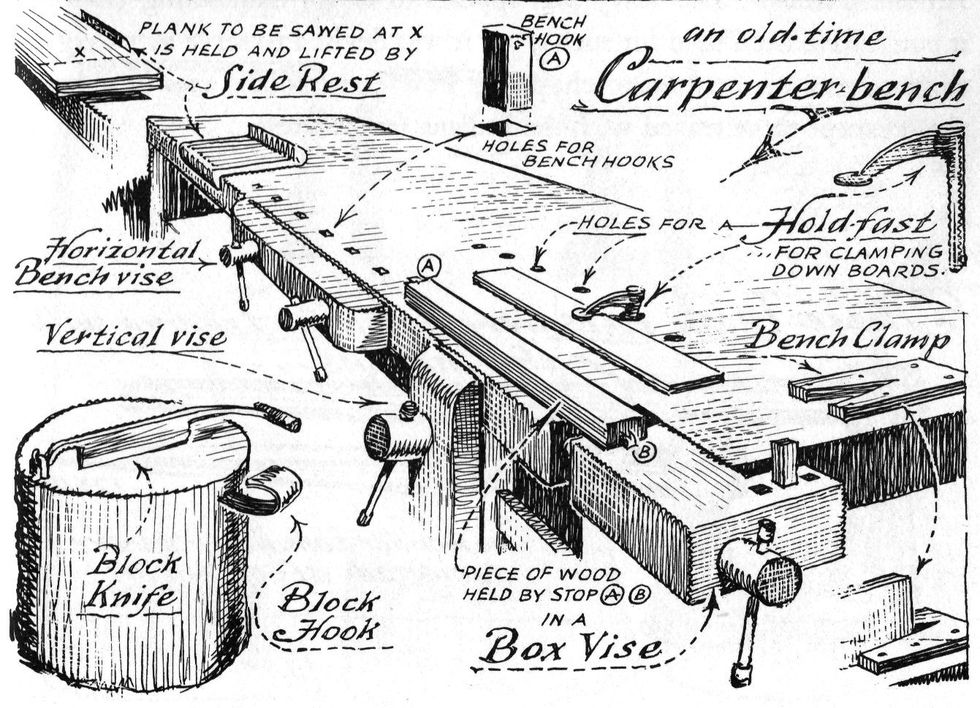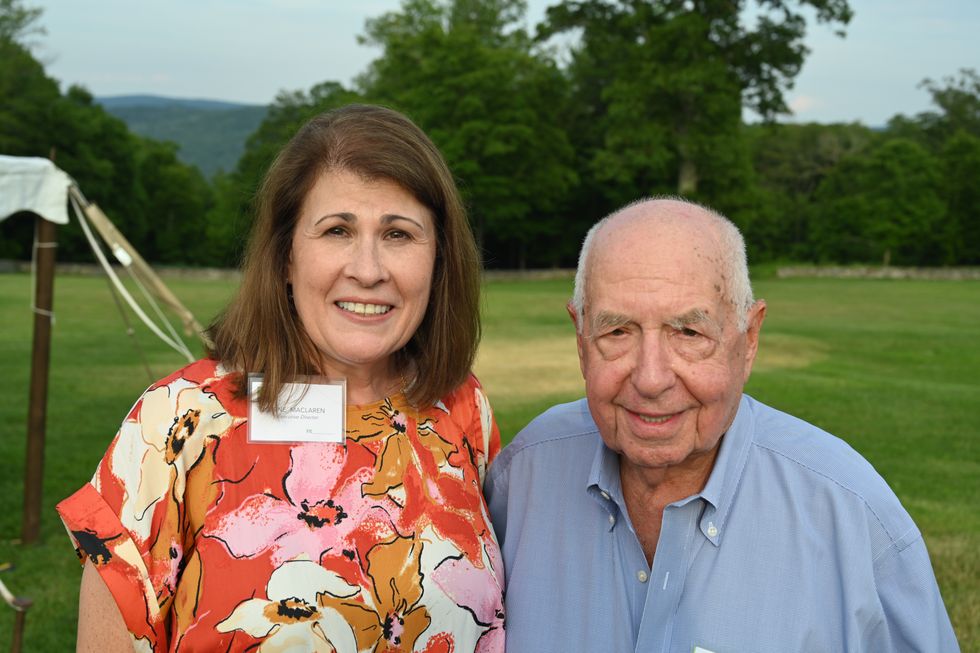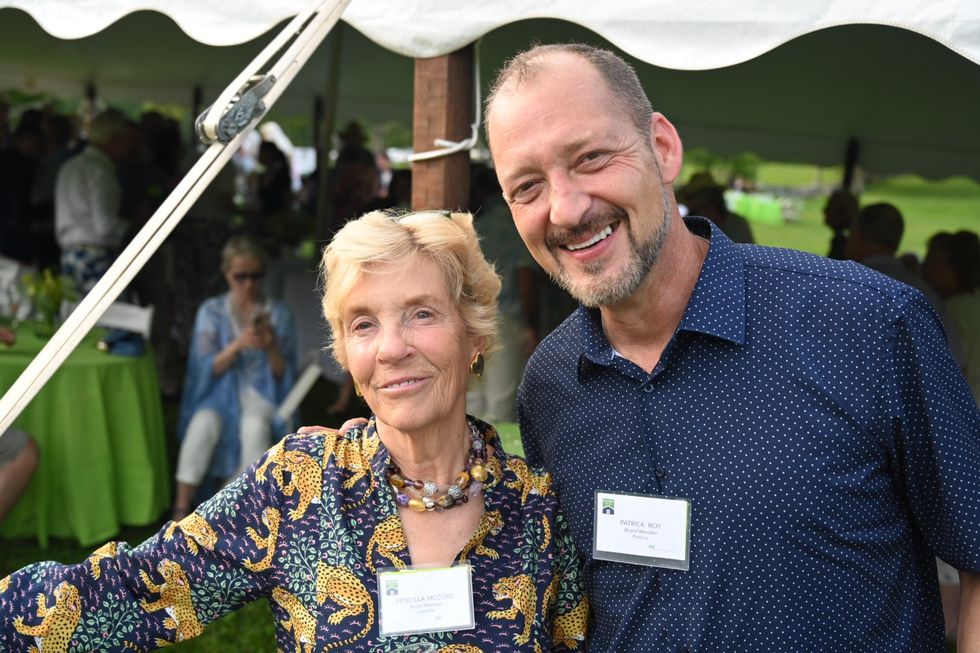Two Illustrators Who Spoke to the American Soul

The Eric Sloane Museum in Kent, Conn., now open, includes early American tools like this bench, which Sloane illustrated in his book, “A Museum of Early American Tools.” Illustration by Eric Sloane



 Jane MacLaren, Executive Director of Chore Service, and Mort Klaus, host of the Garden Party eventBob Ellwood
Jane MacLaren, Executive Director of Chore Service, and Mort Klaus, host of the Garden Party eventBob Ellwood Priscilla McCord, outgoing Board Chair of Chore Service and Patrick Roy, incoming Chair.Bob Ellwood
Priscilla McCord, outgoing Board Chair of Chore Service and Patrick Roy, incoming Chair.Bob Ellwood



